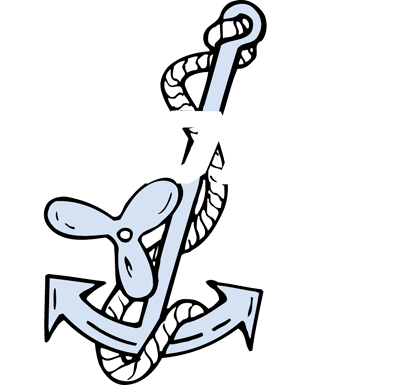Coast Guard Clarifies Reporting Requirements in NVIC 01-15
In Navigation and Vessel Inspection Circular No. 01-15 (“NVIC 01-15”), issued July 21, 2015, the Coast Guard set forth guidance and clarification of itscasualty reporting requirements. The NVIC stresses that it is not a rule change nor is it a legal opinion; it is merely guidance.
Much of the NVIC relates to guidance for internal Coast Guard investigation procedures with little or no relevance for the mariner. With respect to the parts relevant to mariner reporting responsibilities, the NVIC reiterates the two commonly known reporting requirements. The first is46 CFR sec. 4.05-1 (a) (1)-(9), the requirement to report to the nearest Coast Guard office certain specified casualties “immediately after the addressing of resultant safety concerns”. The specified casualties are reasonably well identified by the regulation and leave little to the discretion of the mariner: groundings (intentional or otherwise); bridge allision; loss of main propulsion, steering or any system effecting seaworthiness or fitness for service; loss of life; injury requiring medical attention; property damage exceeding $25K; environmental damage, etc. That report must include the information required by 46 CFR sec. 4.05-5, which includes the identity of the vessel and owner, the casualty location and the nature and extent of the casualty and the damages or injuries sustained. The second is 46 CFR sec. 4.05-10, the requirement to file a Form CG-2692 within 5 days of any casualty reportable under sec. 4.05-1.
The NVIC contains two additional policy statements of potential importance to the mariner. First, if there is any doubt about whether a report should be made, the mariner should contact the nearest Coast Guard office to discuss. Second, the Coast Guard retains the authority to investigate any “marine casualty oraccident” regardless of whether a report was required or not. For the mariner that means that not filing a report will not necessarily end the matter, and that a subsequent Coast Guard investigation may determine that a report SHOULD have been filed, a finding that could constitute a violation of regulation, and which could result in an actionable charge against a mariner’s license.
Of particular value to the mariner will be Enclosure (1) to the NVIC , which identifies all of the casualty reporting regulations and provides for each a “policy and interpretation” note which helps to define and amplify the intent and scope of the regulation. This enclosure is one of the most useful documents on the subject put our by the Coast Guard in recent years, and a copy of this NVIC should be kept close at handby mariners who have reporting obligations, as well as by the attorneys who advise them.
